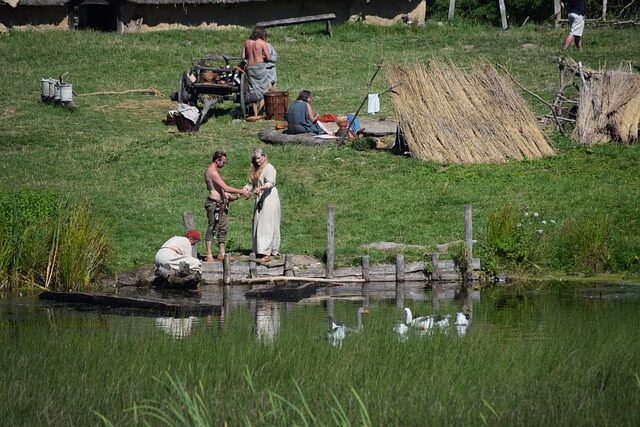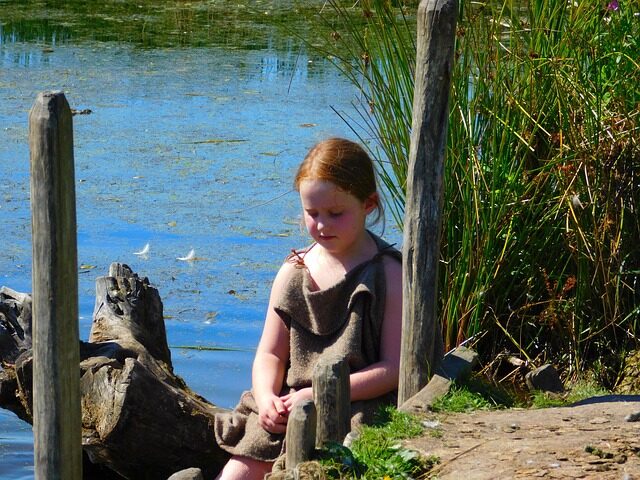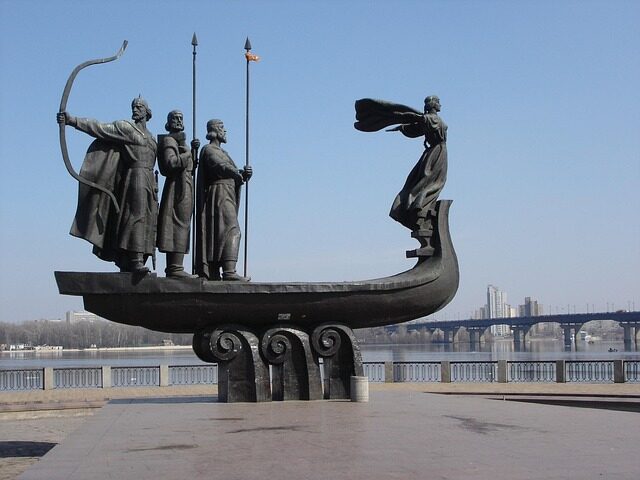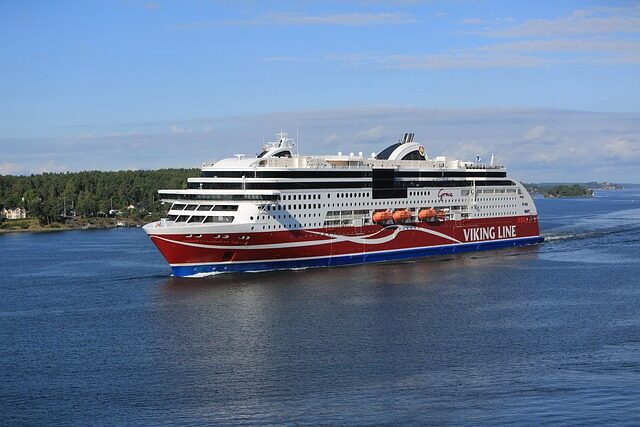Connecting to Viking Culture in the Modern Day
The echoes of the Viking Age still resonate in the lands of modern Scandinavia. From the rugged coastlines of Norway to the deep forests of Sweden and the rolling countryside of Denmark, the viking influence on modern Scandinavia is a tapestry woven through the fabric of society. This influence is more than just a historical footnote; it is a living, breathing part of contemporary Scandinavian life.
What Is the Viking Influence on Modern Scandinavia?
- How do Viking traditions shape contemporary society?
- What are the key symbols of Viking culture today?
- How did the Vikings contribute to modern democracy?
- In what ways is Norse mythology present in modern media?
- What is the significance of Viking shipbuilding techniques today?
- How are Viking festivals celebrated in modern times?
- How do Viking traditions shape contemporary society?
- What are the key symbols of Viking culture today?
- How did the Vikings contribute to modern democracy?
- In what ways is Norse mythology present in modern media?
- What is the significance of Viking shipbuilding techniques today?
- How are Viking festivals celebrated in modern times?
How do Viking traditions shape contemporary society?
The impact of Vikings on Scandinavian culture goes far beyond historical interest. In today’s society, one can witness the revival of Viking traditions in contemporary life. These traditions manifest in various forms, from language to legislative systems, and play a crucial role in shaping the societal norms in Scandinavia.
For instance, many Scandinavian laws and community practices trace their roots back to the Viking legal system, where local assemblies, known as the Thing, laid the foundation for democratic governance. It’s a testament to how ancient values of fairness and community cohesion continue to influence modern-day Scandinavian policies.
Another area where one can observe the Viking legacy is in the sphere of social festivities and public holidays. Viking-inspired events are celebrated with enthusiasm, bringing together locals and tourists alike, all eager to experience the rich heritage that continues to define the region.
What are the key symbols of Viking culture today?
Viking symbols and their meanings have transcended time to become iconic representations of Norse heritage. Among these symbols, modern representations of Viking symbols like the Helm of Awe and Mjölnir, Thor’s hammer, are deeply embedded in Scandinavian identity.

- The Helm of Awe, once believed to offer protection in battle, is now a popular emblem in jewelry and tattoos, symbolizing strength and fearlessness.
- Mjölnir, on the other hand, can be seen in various art forms, representing power and resilience.
- Runic inscriptions, another vital aspect of Viking culture, have seen a resurgence in interest, being used in modern designs and artwork.
These symbols are not merely aesthetic; they embody the enduring spirit of the Viking ancestors and serve as a source of inspiration and national pride for Scandinavians today.
How did the Vikings contribute to modern democracy?
The democratic ideals fostered by the Viking assembly known as the Thing are one of the most significant contributions of the Vikings to modern governance. This early form of participatory government, where free men gathered to make laws and settle disputes, has echoes in today’s democratic institutions.
While modern democracy is far more complex, the core principles of representation and accountability trace back to these ancient assemblies. The Thing was a precursor to the parliamentarian systems that are now a hallmark of democratic societies in Scandinavia and beyond.
This Viking contribution underscores how the past can shape political structures, emphasizing the importance of inclusive and transparent governance, which is crucial for the well-being of contemporary societies.

In what ways is Norse mythology present in modern media?
Norse mythology in modern entertainment has experienced a renaissance, captivating audiences worldwide with tales of gods, giants, and heroes. Thanks to popular media, such as the television series «Vikings,» Norse myths have been reintroduced to the public consciousness, influencing various forms of entertainment.
From blockbuster movies like the Marvel Cinematic Universe’s Thor to best-selling books and video games, these ancient stories have been retold and reimagined for new generations. Norse gods and their exploits are now part of the global cultural lexicon, illustrating the timeless appeal of these epic narratives.
The integration of Norse mythology into modern media not only serves as entertainment but also as a means of preserving and promoting Viking heritage, allowing these ancient sagas to continue inspiring and educating long after the Viking Age has ended.
What is the significance of Viking shipbuilding techniques today?
The legacy of Viking shipbuilding is another area where the influence of the Norse seafarers is still felt. The advanced design of Viking longships, with their shallow drafts and symmetrical keels, enabled them to navigate both high seas and shallow rivers, revolutionizing maritime navigation.

Today, these shipbuilding techniques have informed modern naval architecture, contributing to the development of more efficient and seaworthy vessels. Museums across Scandinavia proudly display reconstructed Viking ships, and maritime festivals often feature replicas, showcasing the ingenuity and craftsmanship of Viking shipwrights.
Furthermore, the principles of Viking ship design are studied and appreciated not only for their historical significance but also for their potential applications in contemporary boatbuilding, reflecting an enduring legacy that continues to guide and inspire.
How are Viking festivals celebrated in modern times?
Viking heritage celebrations today take the form of vibrant festivals and events that provide a glimpse into the rich tapestry of Norse culture. From the Up Helly Aa fire festival in Shetland to the Jorvik Viking Festival in York, these gatherings are a testament to the Viking heritage celebrations today.
- Festivals often include reenactments of Viking battles, traditional crafts, and feasts featuring authentic Viking cuisine.
- Attendees typically dress in period-appropriate attire, immersing themselves in the experience and paying homage to their ancestors.
- Such events serve not only as entertainment but also as educational platforms, offering insights into the Viking way of life and its impact on modern Scandinavian society.
These celebrations are not only popular among locals but also attract enthusiasts from around the world, eager to partake in the festivities and learn more about Viking history and culture.

As we delve into the viking influence on modern Scandinavia, it’s clear that the Viking legacy is more than just a series of historical events. It’s a living, evolving narrative that continues to shape the cultural landscape of Scandinavia. From the democratic principles born in the Thing to the enduring power of Norse mythology in media, the spirit of the Vikings lives on, reminding us of the profound impact our ancestors have on our contemporary lives.

